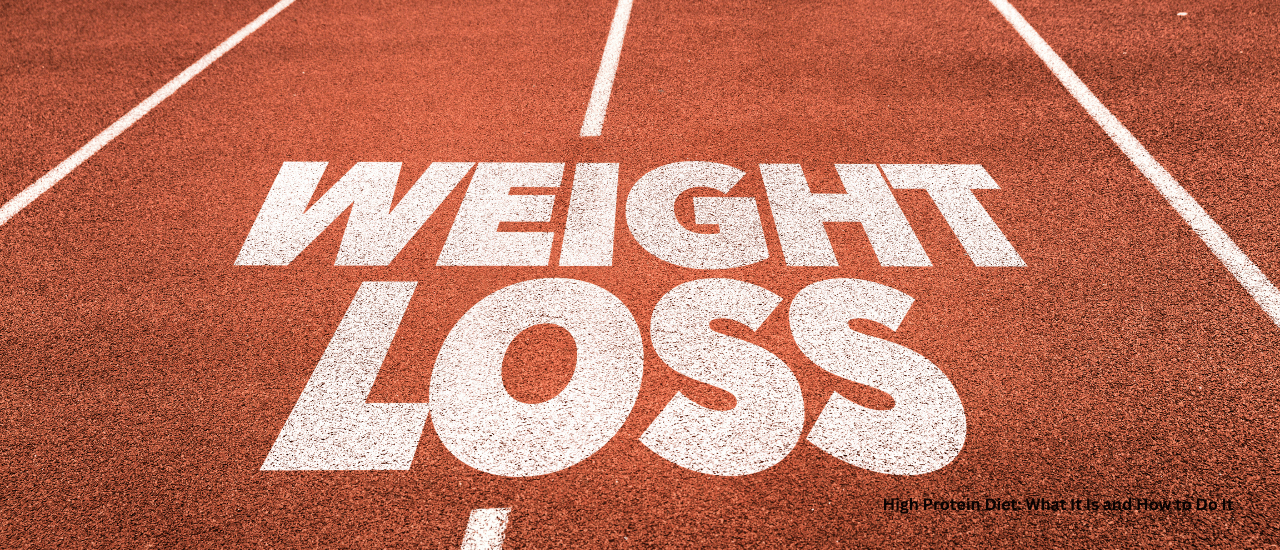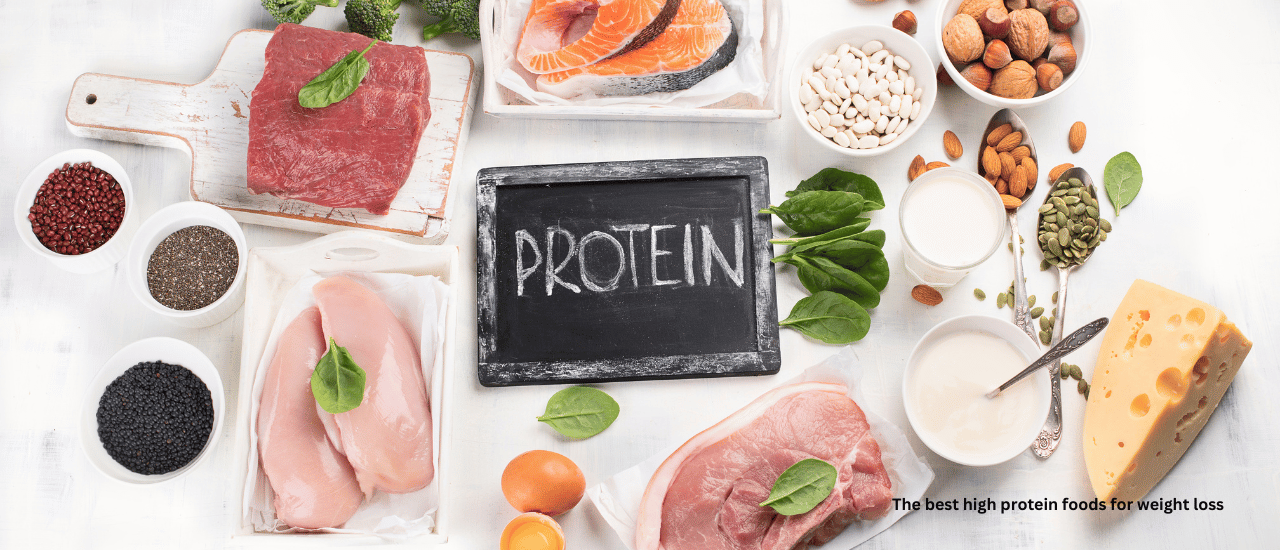You may have caught wind of the buzz that high protein diets can be like a buddy in your weight loss journey and keep your metabolism grooving. That’s what we’re all about at Diet Doctor – serving up yummy recipes and meal plans packed with the good stuff. But here’s the million-dollar question: How do you figure out if chowing down on more protein is your ticket to healthy town?
This guide is gonna tell you all about high protein diets, give you the lowdown on the best foods to eat for them, and chat about some of the cool perks you might get from going all in on the protein. So let’s dive in and get you clued up on this protein-packed way of eating!
1. What Is a High Protein Diet?
A high protein diet is one where you work on getting plenty of protein—probably more than you are used to—as the first focus of your eating patterns. Protein-rich foods include eggs, meat, seafood, legumes, and dairy products. These foods are totally packed with protein and just bursting with all sorts of good stuff that’s great for you!That means a high protein diet is also a high nutrition diet.
Increasing protein is totally a good idea if you’re trying to lose weight, because it can really help keep those hunger pangs in check, you know? It’s like a superhero for your appetite, keeping it from going crazy! It also supplies plenty of the raw materials needed to maintain your muscles and metabolism, both of which help ensure that you’re burning calories at an appropriate rate.
For those aiming to build muscle, consuming more protein than is typically recommended is essential. Current recommendations, known as the RDA (Recommended Dietary Allowance), are designed for “healthy people” and meant to prevent malnutrition; they aren’t aimed at increasing muscle mass or addressing medical conditions like type 2 diabetes.
2. What Are the Best High Protein Foods?
The best bets for diets that are really high in protein are those foods that pack a big protein punch. The protein percentage of a food tells you how much protein per calorie it has. Foods high in protein and lower in fat and carbohydrates are ranked higher, as are low-fat, low-carb foods with a lot of fiber.
Foods in the middle range of protein percentage can help you maintain your weight and muscle mass. Going a little higher—over 30 or 35%—may help you lose weight.
Foods with lower protein percentages may contribute to weight gain, while foods with the highest protein percentages may be ideal for someone trying to reduce body fat and become leaner.
Most high protein foods are delicious and packed with vitamins and minerals, too. Start with this list of the best high protein foods:
- Meat and poultry: beef, chicken, lamb, turkey
- Seafood: shrimp, crab, salmon, tuna
- Eggs: whole eggs or egg whites
- Dairy: cottage cheese, Greek yogurt
- Legumes: beans, lentils, peas, soy
- Non-starchy vegetables: spinach, cauliflower, broccoli, mushrooms
If your diet consists mainly of the above foods, you’re well on your way to eating a healthy diet with plenty of protein.
Remember that non-starchy vegetables may have a high protein percentage but won’t provide you with the total protein, calories, or all the nutrients you need. Base your meals around a protein source—whether from animals or plants—and add high-protein-percentage vegetables for an extra boost of amino acids, the building blocks of protein. Add just enough fat to make your meals delicious and filling. This approach keeps the total protein percentage of your meals high.
Here are a few tips to help you increase your protein intake without adding too many unnecessary calories:
- Add extra egg whites to your scrambled eggs or omelets for a fluffier, more delicious breakfast.
- Replace lower-protein nibbles like nuts and cheese with some more filling, high-protein options like lupini beans, sugarless jerky, or cold cuts, you know, the kind that really pack a protein punch.
- Include your favorite foods that are higher than 35% protein, such as shrimp, chicken breasts, and lean cuts of meat.
- Swap higher-fat cheese and yogurt with low-fat cheese or Greek yogurt, which have higher protein percentages.
You can find the protein percentage of many of your favorite foods, and maybe even discover a few new favorites, in our guide on the best high protein foods for weight loss.
What About Protein Powders?
While we generally suggest getting most of your protein from whole foods, protein powders can still be part of a healthy, high protein diet.
You may not have to go for protein powders if you just focus on munching the yummy stuff on our list of the best protein-packed foods out there.But if you fall short of your daily targets, protein powders offer an easy and convenient way to get more protein.
Additionally, protein powders are great for creating high protein versions of your favorite desserts, low-carb bread, or smoothies.
If you’re going to use protein powders, make sure they have few additives, such as sweeteners, maltodextrin, seed oils, or fillers.
Both animal and plant protein powders are good options. You can choose whichever works best for your taste, preferences, and carbohydrate goals.
Summary
- Foods with the highest protein percentages are low in carbs and fat, like lean meat and seafood.
- To increase the protein in what you eat, try some simple swaps: munch on lupini beans or deer jerky for a snack, toss in two egg whites along with your usual two whole eggs when you’re cooking in the morning, or just throw in extra meat, fish, dairy stuff, or legumes into your meals.
- Mix protein foods with high-fiber vegetables and limit fat intake to create meals with a protein percentage above 35%.
- If you’re having a tough time hitting your protein targets with regular grub, you might wanna check out protein powders. They’re like a quick and easy way to boost your protein intake without having to eat a ton of stuff.




